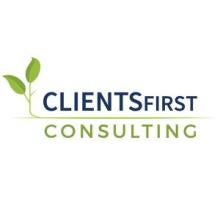On the third day of CRM, Chris Kringle Fritsch informed me, it’s time to improve CRM usability!
CRM systems have been around for more than 20 years, and we’ve been talking about adoption since its inception. But as we enter 2024, maybe it is time we rethink our approach to adoption, especially in a law firm.
In law firms, time is money, literally, and everyone is incredibly busy, leaving them with little or no time to regularly update the CRM system. And remote work can complicate things further. Another group to consider is the professionals who bill over a thousand dollars per hour. Is the best use of their time manually entering contact records and updating missing information? Probably not.
So, rather than measuring adoption success through the professional’s ability to go into the system to regularly update lists or contact records, measure success through consumption as a proxy for adoption.
Are professionals able to get all the information when, where and in the format they need to develop more business, make smarter decisions, reach out to prospects or do whatever they need to do to be successful?
To ensure that your professional’s time is used most efficiently, consider technology that can automatically capture contact data from signature blocks of emails, or client intelligence software that can accurately pull industry information. Using advanced technology to save your professionals time can prove to be very beneficial as you now can provide easy access to important information whenever and wherever it is needed.
Maximizing the potential of CRM support staff is crucial for a law firm’s efficiency. It’s essential to ensure that data stewards are accurately entering data and maintaining uniformity and currency in the CRM system. In addition, involving the marketing and business development team in tracking activities and engagement points can significantly aid attorneys and professionals in staying updated on prospective clients. This strategic allocation and utilization of CRM support staff can lead to more streamlined operations and effective client management.
Watch as Chris Fritsch, of CLIENTSFirst Consulting, lays out different ways we can think of adoption, not by the amount of data being entered, but by the amount of value your end users recognize from the system:




 />i
/>i
